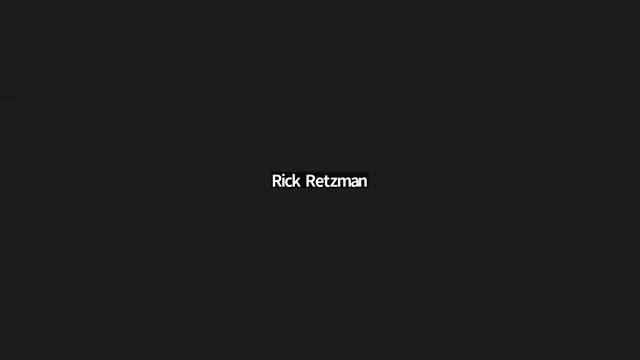Debate heats up over condo short term rental regulations
June 20, 2024 | Sisters, Deschutes County, Oregon

This article was created by AI summarizing key points discussed. AI makes mistakes, so for full details and context, please refer to the video of the full meeting. Please report any errors so we can fix them. Report an error »

During a recent government meeting, discussions centered around the regulation of short-term rentals in high-density housing, particularly condominiums. A proposal was made to shift from a footage-based restriction to a percentage-based approach for short-term rental allowances within these complexes. Currently, the regulations suggest a limit of one short-term rental unit per building, regardless of its size, which has raised concerns among commissioners regarding its practicality and impact on housing affordability.
One commissioner argued that limiting short-term rentals to just one unit in larger condominiums, such as a 30-unit complex, seems unreasonable and could hinder the potential for families or individuals to reside in the area. The suggestion to implement a percentage—such as allowing 5% or 10% of units to be designated for short-term rentals—was put forth as a more equitable solution that could better reflect the actual capacity of larger buildings.
The conversation also touched on the existing regulations, which previously exempted condominiums from concentration limits, allowing for potentially more than one short-term rental unit depending on ownership and property structure. This has led to a call for clearer guidelines to ensure that the regulations align with the community's needs and housing goals.
As the meeting progressed, there was acknowledgment of the complexities involved in balancing short-term rental opportunities with the need for affordable housing. The commissioners expressed a desire to reach a consensus on the regulations, particularly concerning residential districts in areas that may be annexed in the future, emphasizing the importance of community input and city council oversight in these decisions.
One commissioner argued that limiting short-term rentals to just one unit in larger condominiums, such as a 30-unit complex, seems unreasonable and could hinder the potential for families or individuals to reside in the area. The suggestion to implement a percentage—such as allowing 5% or 10% of units to be designated for short-term rentals—was put forth as a more equitable solution that could better reflect the actual capacity of larger buildings.
The conversation also touched on the existing regulations, which previously exempted condominiums from concentration limits, allowing for potentially more than one short-term rental unit depending on ownership and property structure. This has led to a call for clearer guidelines to ensure that the regulations align with the community's needs and housing goals.
As the meeting progressed, there was acknowledgment of the complexities involved in balancing short-term rental opportunities with the need for affordable housing. The commissioners expressed a desire to reach a consensus on the regulations, particularly concerning residential districts in areas that may be annexed in the future, emphasizing the importance of community input and city council oversight in these decisions.
View full meeting
This article is based on a recent meeting—watch the full video and explore the complete transcript for deeper insights into the discussion.
View full meeting
